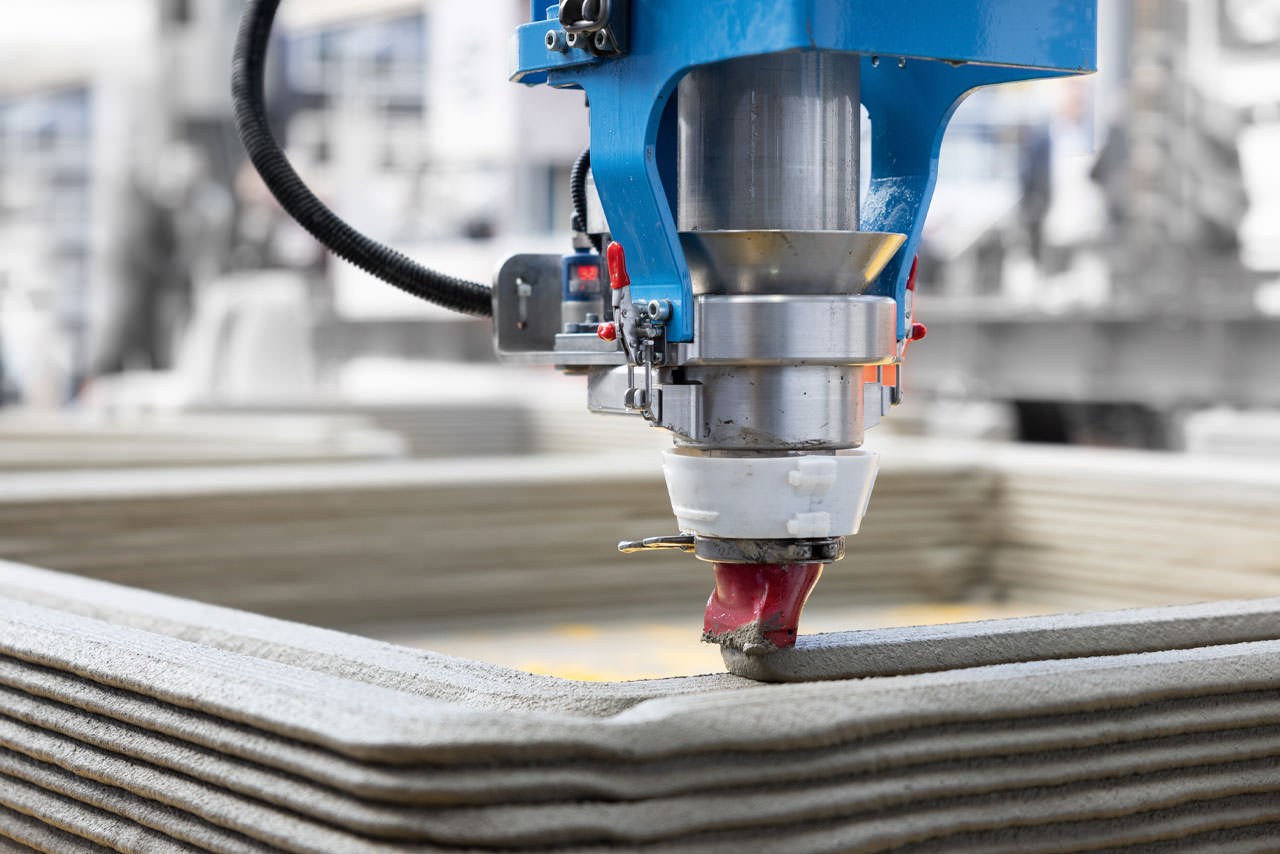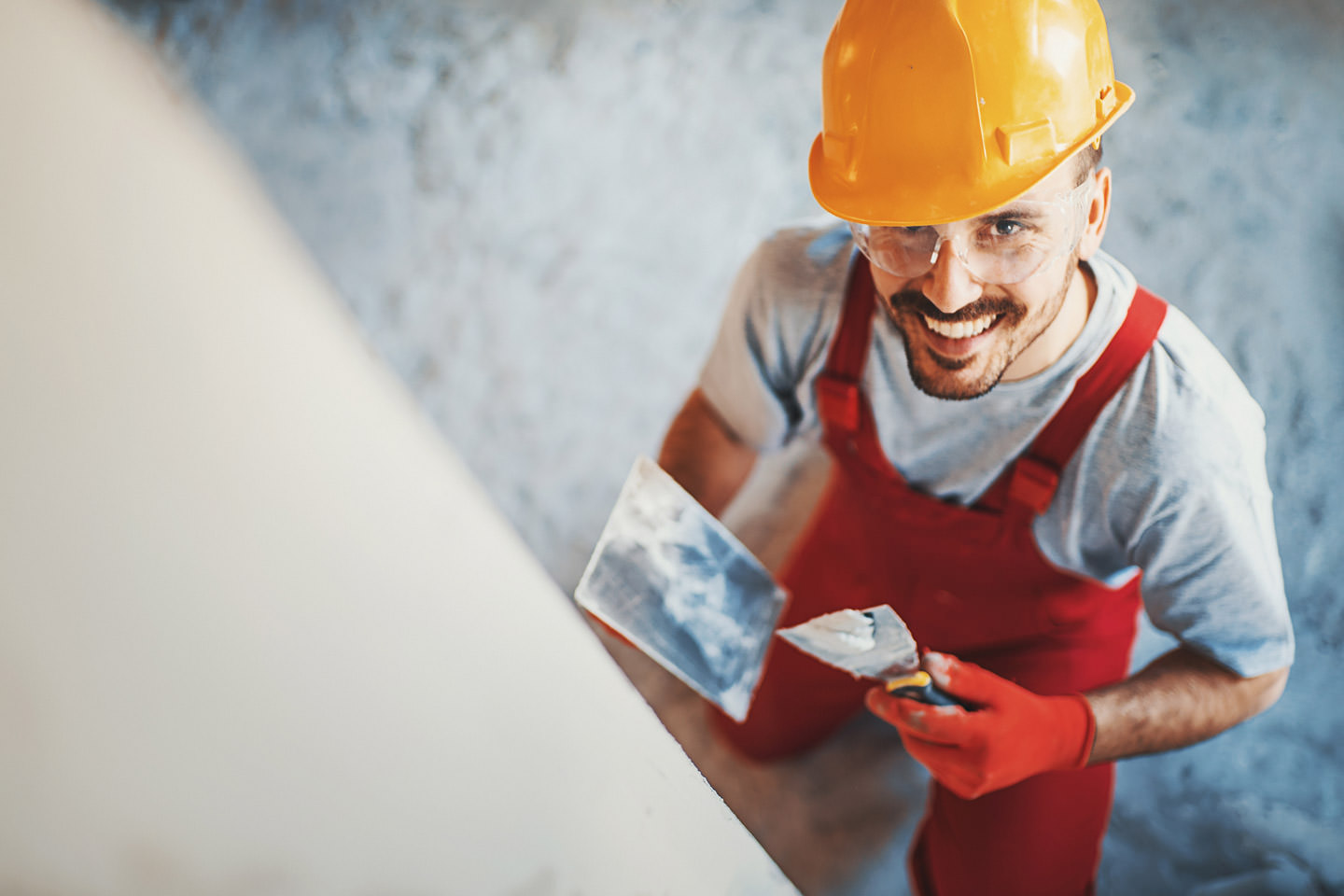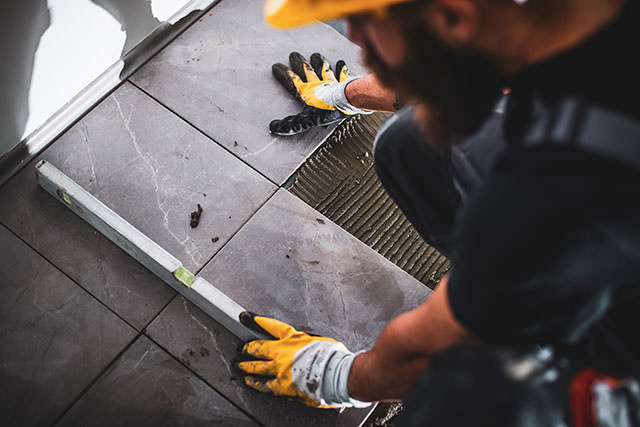Industrial
Tylose for 3D Concrete Printing

3D Concrete Printing (3DCP) is an important aspect of digital fabrication in the building industry. There are several 3D printing technologies such as extrusion 3D printing, shotcrete 3D printing or particle-bed 3D printing. However, in common with all techniques, a thickener such as Tylose is needed to achieve a smooth´printing process and/or superior printing result. For extrusion and shotcrete the viscosity modifying admixtures, when including Tylose, provide the correct rheology: A shear-thinning effect during pumping and good thixotropy (yield point) after processing. In addition, a good wettability between the applied mortar layers is desired to avoid “cold bonds” during hydration.


